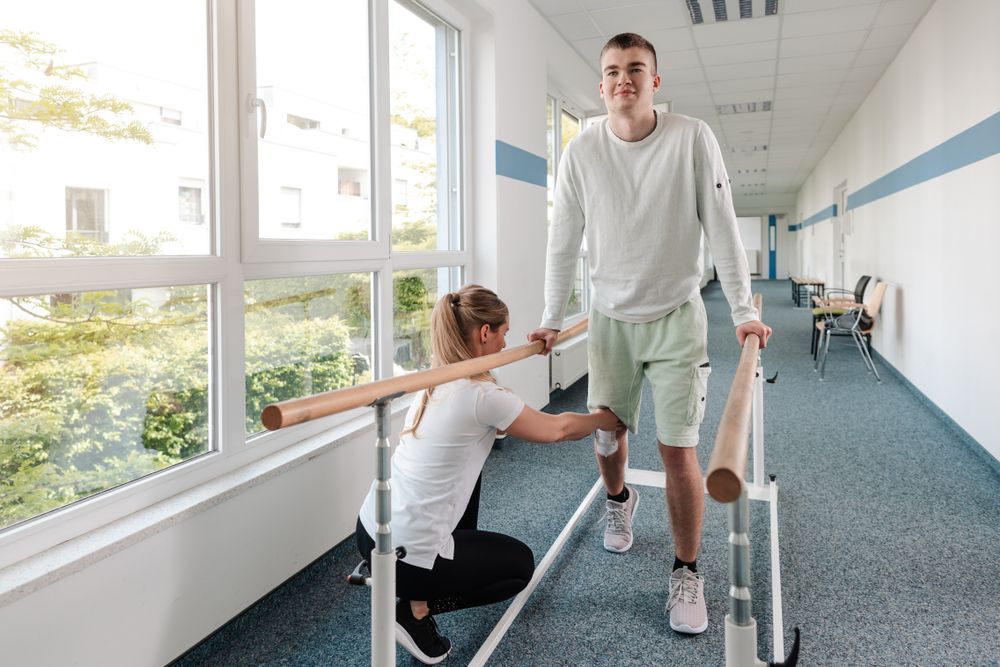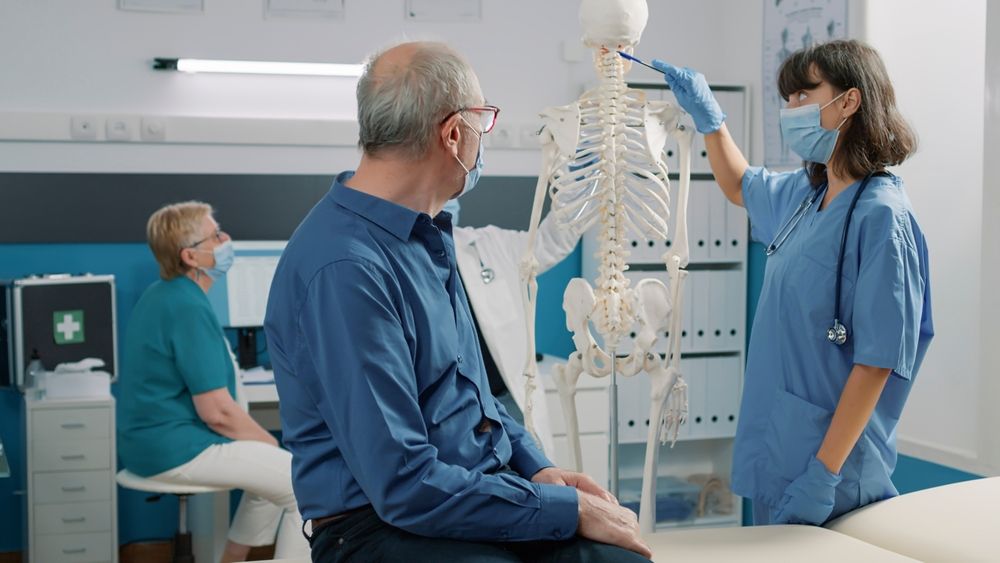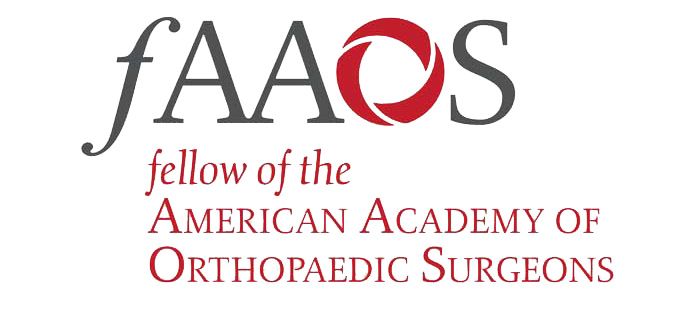In the field of orthopedics, accurate diagnosis is crucial for effective treatment. At Dearborn & Associates Institute for Joint Restoration, led by Dr. John Dearborn, we employ advanced diagnostic tools like X-rays, MRI, and CT scans to assess and treat musculoskeletal conditions. This detailed exploration of these diagnostic modalities will provide insights into their uses, advantages, and roles in orthopedic care.
1. X-Rays: The First Line of Orthopedic Imaging
X-rays are a fundamental tool in orthopedics, often the first step in diagnosing bone-related conditions. They use a small amount of radiation to create images of the bones and joints.
What X-Rays Show:
- Bone fractures and their alignment.
- Joint space narrowing, indicative of arthritis.
- Bone deformities and structural abnormalities.
Advantages:
- Quick and non-invasive.
- Widely available and cost-effective.
- Provides clear images of bone structure.
Limitations:
- Limited in showing soft tissue details.
- Exposure to low levels of radiation.
2. Magnetic Resonance Imaging (MRI): The Soft Tissue Expert
MRI uses a magnetic field and radio waves to create detailed images of the body’s internal structures, particularly soft tissues.
What MRI Shows:
- Detailed images of muscles, tendons, ligaments, and cartilage.
- Soft tissue injuries like ligament tears and muscle strains.
- Changes in soft tissue that may not be visible on X-rays.
Advantages:
- No radiation exposure.
- Superior detail in soft tissue imaging.
- Helpful in diagnosing complex joint and spine conditions.
Limitations:
- More expensive and less accessible than X-rays.
- Cannot be used with certain metal implants.
3. Computed Tomography (CT) Scans: The Comprehensive View
CT scans combine multiple X-ray images to create cross-sectional views of the body, offering more detail than standard X-rays.
What CT Scans Show:
- Detailed images of bone and joint alignment.
- Subtle fractures and complex bone structures.
- Cross-sectional views of spinal and pelvic areas.
Advantages:
- Provides more detailed bone images than standard X-rays.
- Quick imaging process.
- Useful for planning surgical procedures.
Limitations:
- Higher radiation exposure than X-rays.
- Less effective for soft tissue imaging compared to MRI.
Choosing the Right Diagnostic Tool
At Dearborn & Associates, we tailor our diagnostic approach to each patient’s specific condition. Factors influencing the choice of imaging modality include:
- Nature of the Injury or Condition: Bone fractures are often best visualized with X-rays, while soft tissue injuries require an MRI.
- Patient’s Medical History: Certain health conditions or implants may restrict the use of MRI or CT scans.
- Diagnostic Goals: Determining the extent of an injury, planning surgery, or monitoring disease progression can dictate the choice of imaging.
Our Commitment to Advanced Diagnostics
Under Dr. John Dearborn’s leadership, our team in Fremont (510-818-7200) and Menlo Park (650-325-1395) is dedicated to using the latest diagnostic technologies. We believe that accurate diagnosis is the foundation of effective orthopedic treatment.
Empowering Patients Through Knowledge
Understanding these diagnostic tools empowers patients to participate in their care actively. We are committed to educating our patients about the diagnostic process, helping them understand the purpose and benefits of each modality.
Advancing Orthopedic Care
The integration of advanced diagnostic imaging like X-rays, MRI, and CT scans is a testament to the evolution of orthopedic medicine. At Dearborn & Associates Institute for Joint Restoration, we utilize these tools to provide precise diagnoses, guiding our patients towards effective treatments and optimal recovery.
Sources










